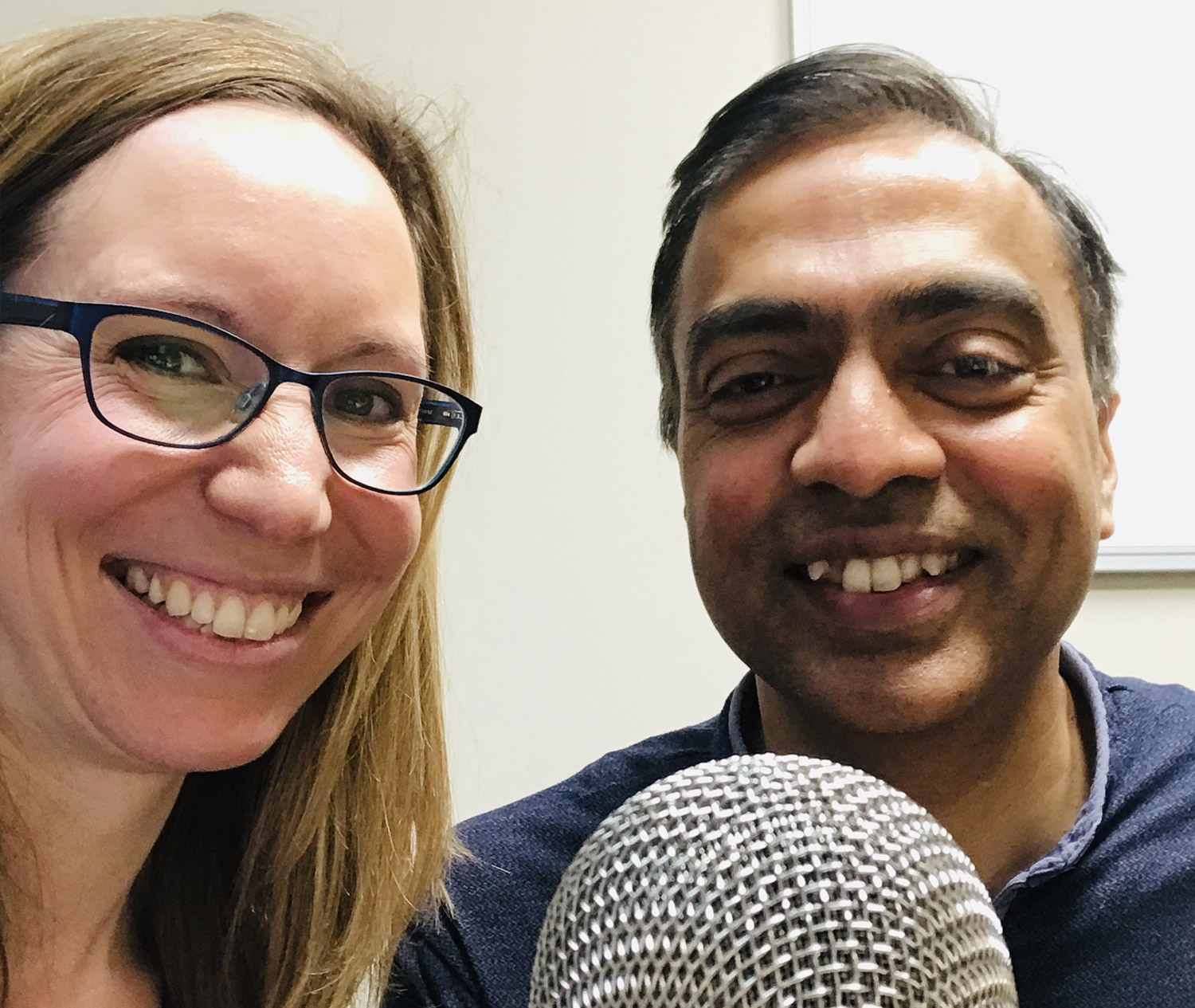We are just at the start of what many are calling “the CAR-T cell revolution”. But what are CAR-T cells, how are they made, who can receive them and what are the draw-backs? Dr Sridhar Chaganti talks to Suzy Morton about haematology’s latest breakthrough.

CAR-T = Chimeric Antigen Receptor T cells; T cells genetically modified and “retrained” to recognise an antigen present on cancer cells. CAR-T cells currently in use are against CD19 but any antigen could be a potential target.
3 domains: the extracellular domain (antigen recognising; a B cell receptor), transmembrane (hinge domain) and intracellular signalling domain (T cell component)
This gives CAR-T cells “the antigen recognition ability of a B cell with the killing ability of a T cell”
Indications (all NICE approved)
– relapsed/refractory B-ALL in children and young adults up to age 25
– transformed FL or DLBCL who have failed at least 2 lines of therapy.
How the cells are made and given
T cells harvested from the patient by apheresis. No stimulation (e.g. G-CSF) is required. There is a minimum lymphocyte count required (usually around 0.1 x109/L); best to avoid chemotherapy or steroids in the few days prior to ensure the T cells are as healthy as possible.
Harvesting occurs in the clinical centre and then cells are frozen before being shipped to the USA for manufacturing. This takes around 4 weeks. Patients will require “bridging therapy” with chemotherapy (e.g. vincristine/dexamethasone/intrathecal methotrexate) while they wait. The goal is to hold the disease stable rather than to get the patient into remission.
Once the CAR-T cells are available, the patient is given conditioning chemotherapy with drugs such as fludarabine, cyclophosphamide and/or bendamustine. This is to prevent rejection of the CAR-T cells and allow their expansion. Following two rest days the CAR-T cells are infused. Cytopenias due to the chemotherapy last for a few days.
Patients must stay as inpatients for 10 days after the infusion and stay within an hour of the treating hospital for 4 weeks after treatment.
Complications
CRS (cytokine release syndrome) is due to cytokines released by the expanding T cells and manifests with symptoms of sepsis; fever, hypotension etc.
Tociluzumab is a monoclonal antibody against IL-6 which blocks its effects, thus resolving associated symptoms. It does not reduce the efficacy/expansion of the CAR-T cells. Symptoms of sepsis will also be reduced by its use and it is important to treat the possibility of concurrent infection i.e. with antibiotics. Steroids can be used in severe or refractory cases (see ASTCT guidelines below for more detail).
Neurological toxicity tends to occur later. Graded by the ICE score (similar to MTS) and the ICANS score. Neurotoxicity assessments are done twice a day. Grade 1 treated with antiepileptics, if Grade 2 or above, further investigations with an EEG and/or MRI brain are undertaken and treatment is with tociluzumab +/- steroids.
Response rates
ALL overall response rates 80%, with 50-60% durable remission
Lymphoma: CR 50-60% with 30-40% durable remission
Future developments:
– Improve toxicity with better supportive care
– Possibility of using NK cells
– Improve T cell functionality
– Use CAR-T earlier in therapy so the engineered T cells are less affected by chemotherapy
– Use check point inhibitors to help stimulate expansion
– Off the shelf CAR-T cells from healthy donors (which would eliminate the 4 week wait)
Links/further reading



